14 tips on how to score with your cover letter
Even if you think that tips for writing application letters are unnecessary because you already have the best qualifications for your dream job, the quality of your application letter is crucial in determining whether you will be invited for an interview or not - at least if there is no (personal) connection to the company. What formalities should you pay attention to? How do you differentiate yourself from the rest of the applicants? What no-goes should you avoid? We will show you how to design your cover letter with tricks that will convince the recruiters to want to meet you in person.
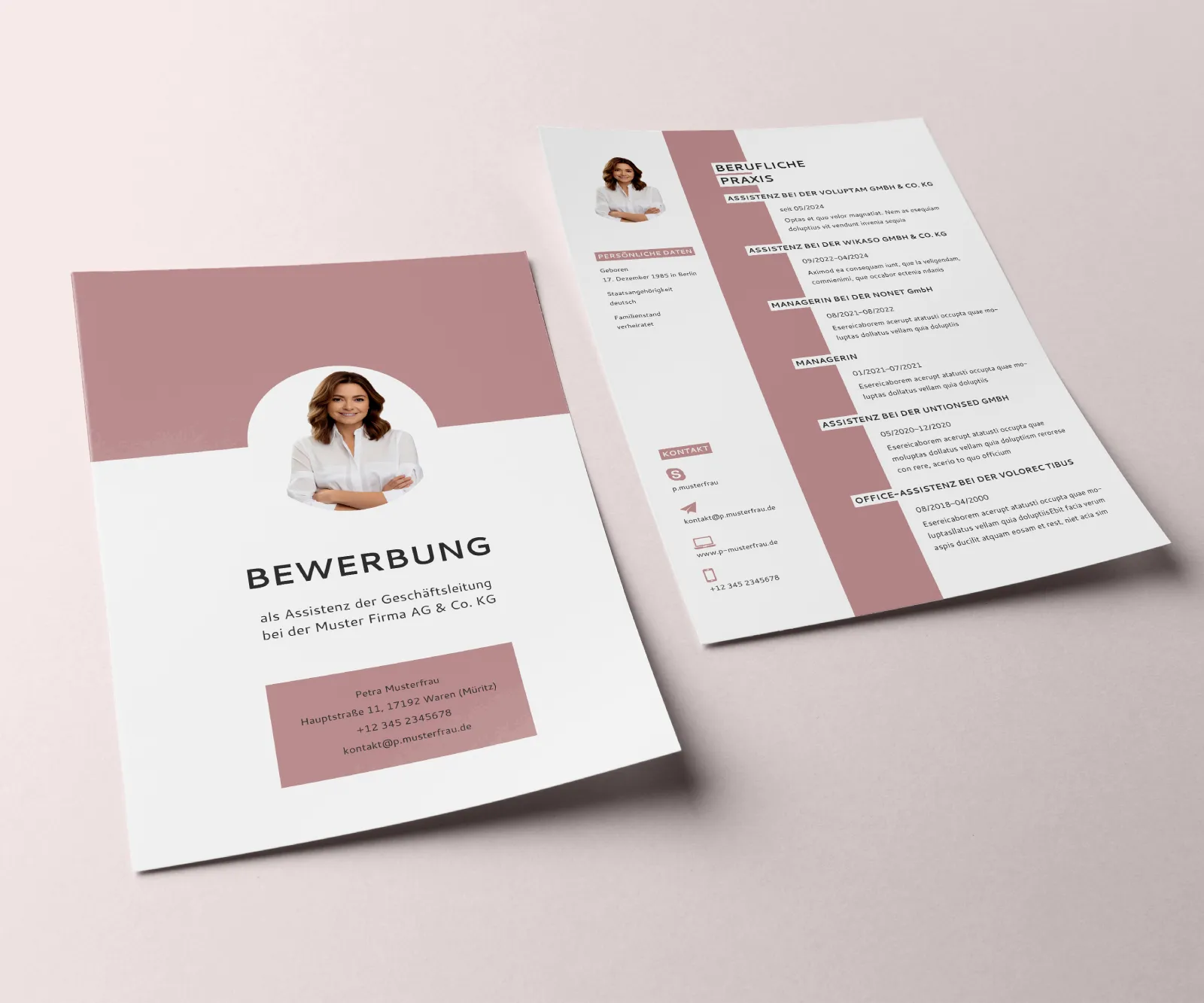
1. A thorough preparation is half the battle
Just as you prepare for a job interview, you should also prepare for writing your cover letter. This is not the time to show creativity or to experiment - it is time for efficiency. Remember, an application letter is primarily a sales document, and your goal is to convince the recruiter that you are the right person for the job. To achieve this, you need to highlight your experience and skills while simultaneously showing why you are exactly the right person for this position. To ensure that your cover letter is as effective as possible, you should ask yourself some standard questions in advance: Why are you applying for this position? What can you offer the company? How does your experience align with the job description? Answer these questions and integrate the responses into your cover letter - this way, you already have a great draft!
Only 1 to 10 percent of applicants are invited to a job interview, depending on the industry and the company. The chances increase only through personal connections or outstanding, convincing design of the application documents.
Also consider who the recipient of your application will be. Is it the managing director because it is a small company, or is it a recruiter in a larger company? This could touch on different interests in decision-making about getting to know you. Basically, all companies deal with the three big Ps: Profit, Processes, People. Argue that you will be an enrichment for one of the three Ps.
2. Pay attention to a clear structure of your argumentation in the application letter
An application letter should not be longer than one A4 page and usually consists of three sections: Introduction, main part, conclusion. The introduction is your chance to captivate the recruiter from the start. Formulate one or two impactful sentences in which you briefly explain why you are suitable for the position - and what makes you stand out.
Next comes the main part of the letter. Here it is about your motivation: What reasons do you have to strive for this position? And what can you offer to the company? Finally, conclude your letter with a brief summary and thank the recruiter for their time and attention.
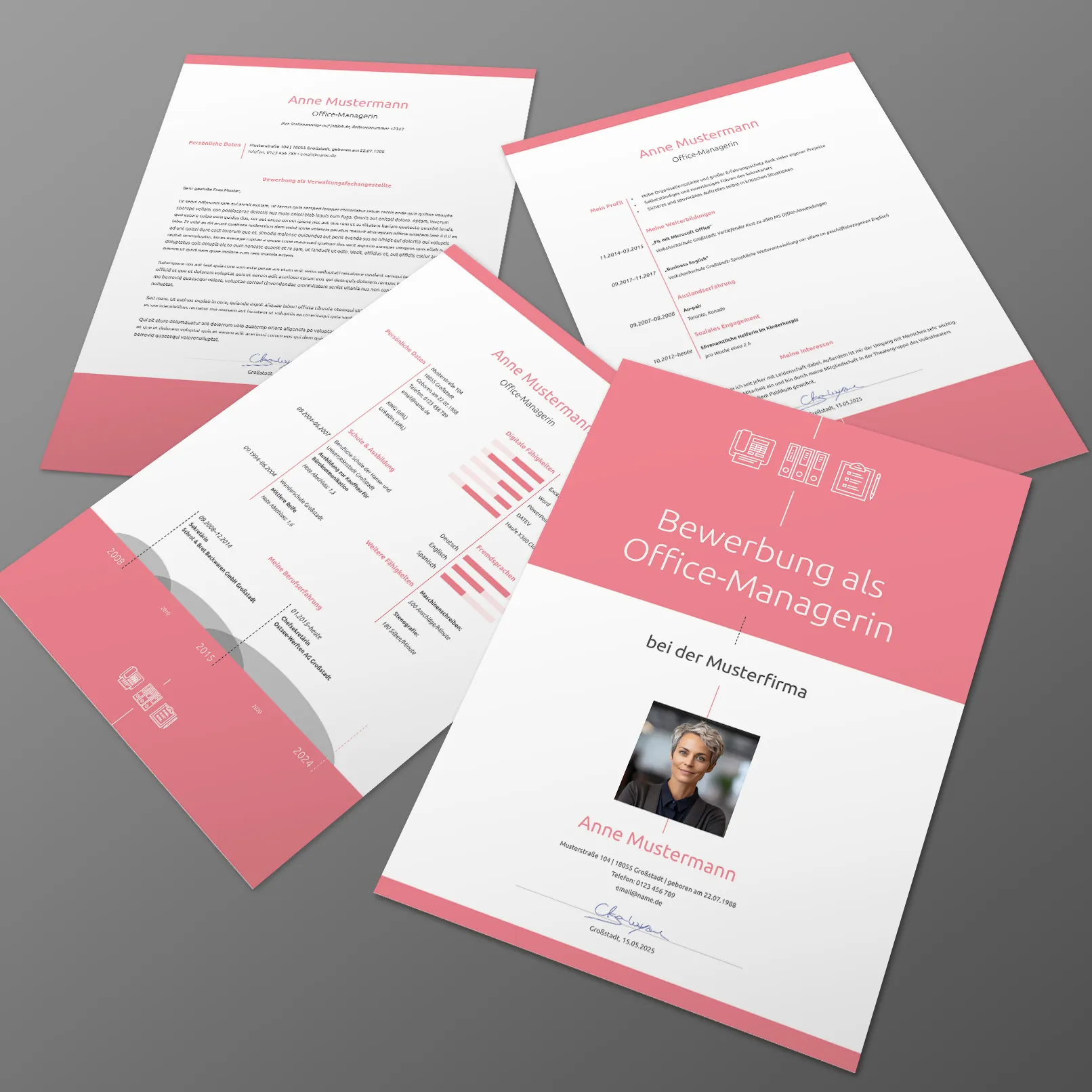
3. Capture the recruiters' attention with a concise introduction in your application letter
When you have to write an application letter, it is important that the introduction is brief and concise. Too many words only waste space and deter the recruiter. Use the introduction to briefly introduce yourself and explain your motivation for the advertised position. This way, the recruiter immediately knows whether you are the right person for the job or not.
Nowadays, no recruiter wants to read "I hereby apply..." in the opening sentence. Also, where you found the job posting you are applying to is initially irrelevant. Choose a concise sentence that piques interest and entices to continue reading.
That could sound classic:
Your job advertisement for the position of [insert job title] caught my eye immediately, as it perfectly aligns with my professional career and my passion for [competence, field of expertise, or industry topic].
Alternatively, it could be formulated more directly and boldly, which works more or less depending on the industry and company size. The idea is to directly name the desired qualities from the job description as Property 1, 2, and 3 and express industry-specific competence and experience for Benefits 1 and 2.
You are looking for an employee with [Property 1], [Property 2], and [Property 3] who brings [Benefit 1] as well as has gained [Benefit 2] in the last three years? Congratulations, you just hit the jackpot.
4. Choose a clear and simple writing style
Recruiters in large corporations see a multitude of applications every day. So how can you grab their attention with your application? With a convincing writing style! A compelling writing style is clear and precise, avoiding unnecessary words and conveying the most important information in a short and compact form. A convincing writing style also stands out for its readability and avoids the subjunctive style. This means that the text should not seem too complicated or lofty but rather be easily understandable. Prefer writing in short sentences rather than complex ones. So if you want to convince your recruiter, make sure that your application letter has a convincing writing style. This way, you attract attention and increase your chances of making a positive first impression.
In our digital world today, the font style and size in application documents are increasingly being neglected. However, the right font style for your cover letter is an essential component to stand out from other applicants and convey a professional impression to the recruiters. When choosing a font, you should opt for simplicity and clarity. Avoid the standard fonts like Times New Roman or Arial in size 12pt, which are already preset in many computers. Arial gives off a bureaucratic vibe. You don't want to convey that impression.
So, which font should you choose? Take a look at websites of daily newspapers or other magazines to see which fonts you like in flowing text. Those could be font styles. You can also play it safe by choosing a straightforward Google Fonts font, not too fancy, but more professional than Arial, Calibri, and others. I recommend free font styles for your application, such as:
- Roboto
- Open Sans
- Adobe Source Sans Pro
- Montserrat
- Ubuntu
For the body text in your application, use a light or regular font weight. For headings and other emphasized elements in your application, go for semibold, bold, or even a condensed version of your font style.
Avoid using text in a font size that is too small - this looks unprofessional and makes it difficult to read the cover letter. The same goes for fancy fonts: Although it may be tempting to stand out with your cover letter, we advise against it. Handwritten fonts or Comic Sans are taboo! Also, steer clear of slab serif fonts. While they are very beautiful, they should only be used by designers in media where they fit. The application process is only partially related and requires a sense of whether it still fits or not. One more tip: Increase the line spacing in your cover letter. The default setting in your word processing program is often minimally too narrow from a design perspective. A bit more line spacing gives your cover letter a professional layout. Also, check out the design templates' images here in this post.
5. Tip for the Cover Letter: Establish a Connection with the Company
Once you have chosen a position, it's time to write your cover letter. The first important step is researching the company. Check the website for information about the company and the specific position you are interested in. This will provide you with points to connect with in your letter - emphasize shared values, objectives, or company culture. Package a compliment about the history, values, company culture, or other achievements of the company in this context. This immediately establishes a positive connection and piques the recruiter's interest in you as a candidate. You can gain this knowledge through online research, books, magazines, or conversations with company employees. Additionally, try to find out the contact name to address the letter to - "Dear Mr. Müller" sounds more personal than just "Dear Sir or Madam." If in doubt, simply give them a call and inquire about who applications should be addressed to. This also shows the reader: I have thoroughly researched the company and am aware of who my application should be directed to.
6. Stand Out from the Crowd with Creativity
Cover letters are a great opportunity to unleash your creative side. Whether through the design of the cover letter, using tables and icons in your resume, or simply choosing your words wisely - creativity in cover letters can achieve more than just "beauty". Creativity follows the informational function and does not boast on its own but supports the content in a professional manner. Creative application documents not only show that you stand out from the uniformity of other cover letters but also give you the chance to showcase your personality and distinguish yourself from the anonymity of other applicants. Moreover, creativity is desired in many professions - so why not start scoring with it in your cover letter?
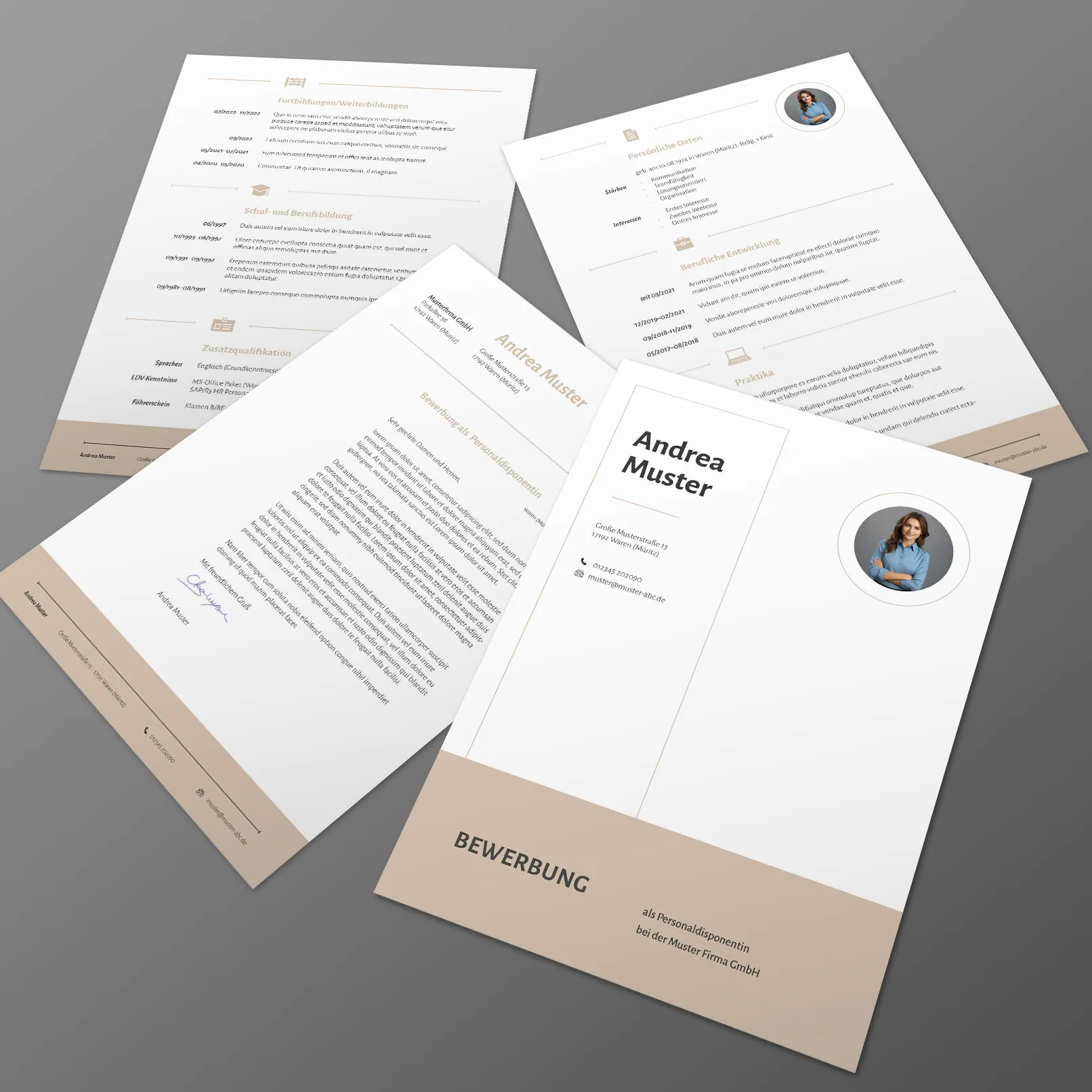
7. Connect the Job Requirements in the Job Description with Your Skills
One could imagine that a cover letter is like a sales pitch. You want to convince your potential employer that you are the best person for the job and why he or she should hire you. So, if you fail to properly communicate your skills, you may not be able to grab your reader's attention. It is, therefore, important that you clearly outline your skills in relation to the job you are applying for. And not just that. Your skills should translate into a specific added value for the company. Think of the three Ps: Profit, People, Processes. For example:
I worked in a call center for four years, and I know how important it is to generate revenue through direct customer contact while also treating dissatisfied customers with respect.
This means translated: The applicant brings sales skills and backbone and can also work well with people (Profit and People are fulfilled). Or another example:
With the completion of my master's thesis, I was able to significantly shape the digitization of office processes from local to cloud solutions at Company XY, leading to measurable efficiency gains and increased agility.
Here, profit desire and process optimization are triggered. So make it clear what exactly you can do and what experiences you bring that could be valuable to the company. This will help you capture the reader's attention and show them why you are suitable for the job.
8. Applying as a Career Changer - Tips to Consider Below
It may be more difficult for career changers, but it is still not impossible to get a position. With the right cover letter, you can show recruiters that despite lack of experience, you are the perfect person for the job. In your cover letter, highlight your motivation and enthusiasm for the position and the company. You can also list your past successes and explain how they will help you in the new position. Show the recruiters that you are ready to immerse yourself in the new field of work and let them know why you are the right person for the job. If you create a compelling cover letter, depending on the company and number of applicants, you have good chances of being invited to an interview despite lack of experience.
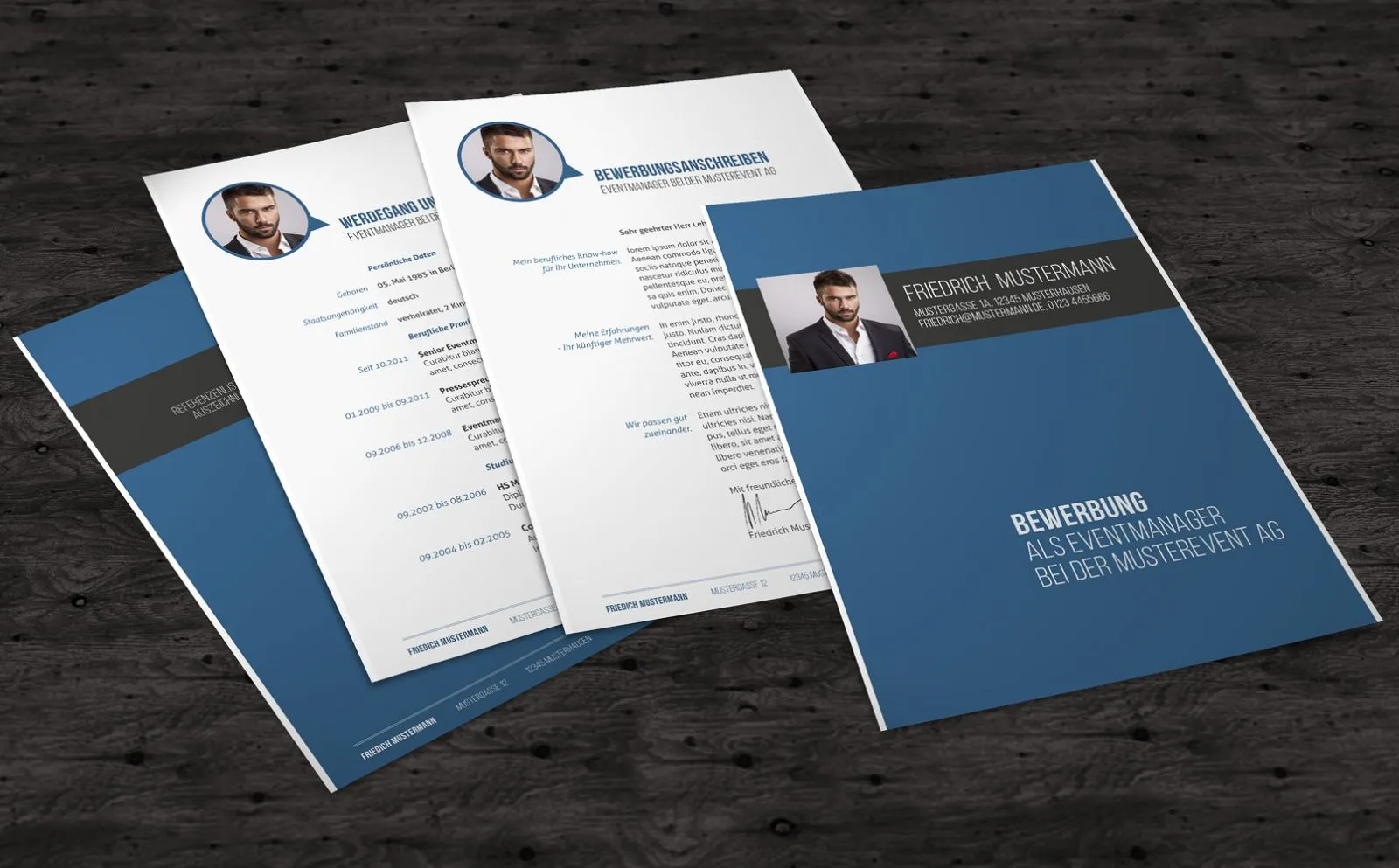
9. Justify Your Job Change in the Cover Letter
If you decide to leave your current job, you must explain this convincingly to the new employer, preferably in the job interview. After all, you do not want to give the impression that you change jobs frequently and have no loyalty. In your cover letter, therefore, address some points that justify your job change. These may include:
- Improvement of career prospects
- Development of professional skills
- Change of location, desire for a change in working conditions
- Assuming project and/or personnel responsibility
You must present your reasons for changing jobs credibly, especially if your CV shows that you have not stayed in one position for a minimum of three years at any point. Otherwise, the new employer may think you will soon resign again or encounter problems with you. So, make sure your reasons are understandable and convincing. For example, if you say you want to earn more money, you should also indicate how this would benefit the company if it meets your salary expectations. Otherwise, it may seem like money is the only thing that interests you. The same goes for the other points: The more precise and convincing you are, the better. But don't ramble! Be concise and compelling in your cover letter.
10. Communicate Your Salary Expectations and Desired Start Date
Many applicants struggle to clearly express their salary expectations in the cover letter. However, if you communicate them clearly in your cover letter, your potential new boss will know immediately if your salary expectations fall within his range and how you evaluate your qualifications. This saves you and your company time and effort. Your salary expectations should be realistic and tailored to your qualifications and experiences, as well as within the context of the region and industry. Ensure that you have enough background knowledge about the company and the industry to formulate a well-founded salary expectation. Negotiate calmly later in the job interview and remain fair. Always remember: The company is not interested in your personal reasons for why you want salary XYZ; it only asks itself what it gains by granting you that salary.
In a cover letter, it is important to specify the start date. This informs the employer whether you are available immediately or not. If you already have a job, you should indicate when you can start the new position. If you are still studying or undergoing training, please provide your expected graduation date. This way, the employer can see whether he can consider you for the advertised position or not.
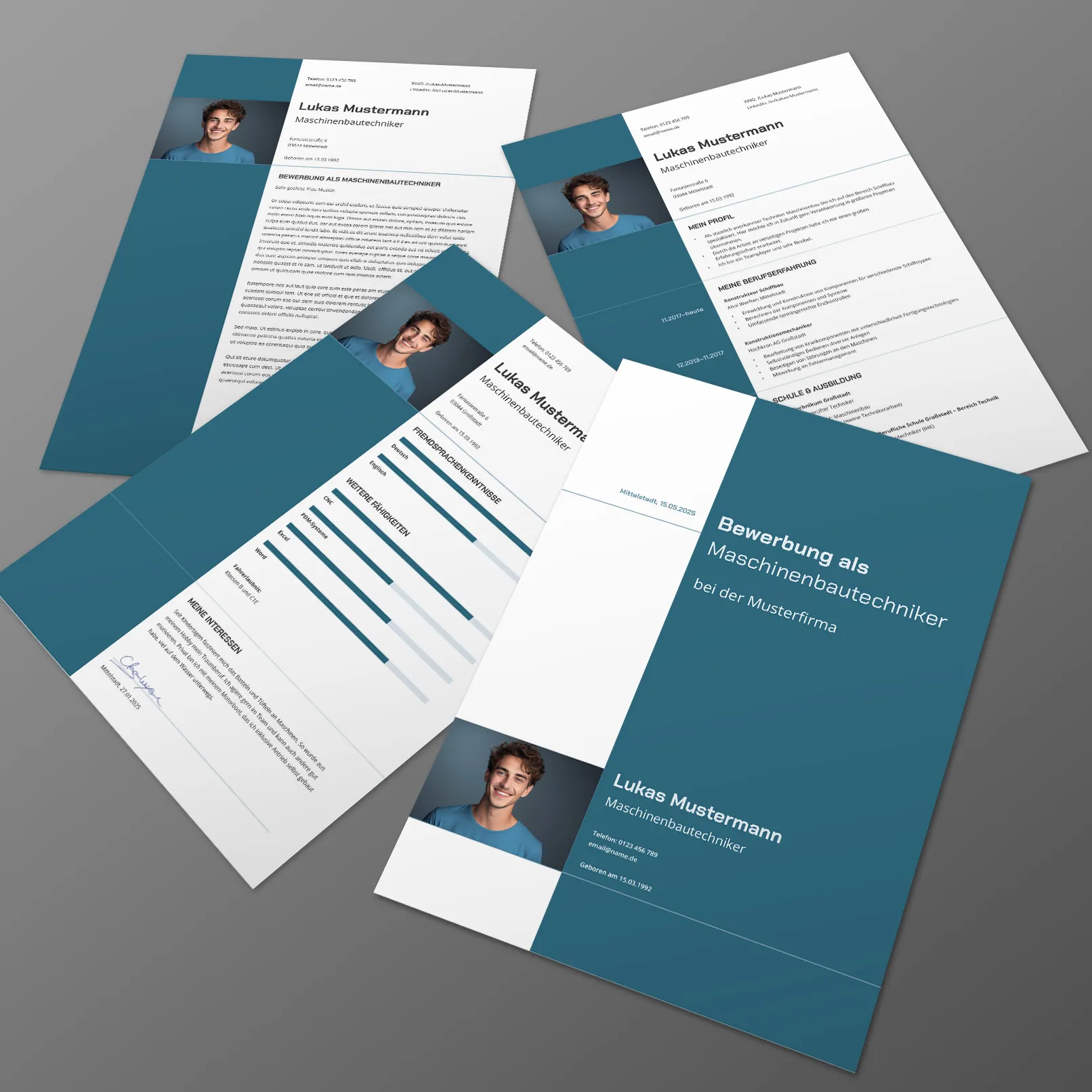
11. Summarize Your Motivation at the End
The conclusion of a cover letter is as important as the beginning. The reader should feel convinced after reading the conclusion that you are a candidate for the job worth getting to know. Therefore, write a short, concise conclusion that summarizes the key arguments and encourages the reader to contact you. Avoid using cliched phrases or emphasizing that you desperately want the position. Also, avoid using a subjunctive ending: "I would be happy to...". Instead, remain professional and self-confident. With a strong, but not overly arrogant conclusion, you make your cover letter a cohesive whole and increase your chances of getting the reader's attention and an invitation to an interview.
12. Use the postscript (PS) in the application
One of the underestimated elements in the cover letter is the PS (Post Scriptum). Many applicants write this completely irrelevant or forget it altogether. Yet the PS can often make the crucial difference for the recruiters. We'll tell you how to do it right! The postscript should be concise and to the point. Dumping too much information here is out of place - you don't want to make additional statements that don't fit into the cover letter. Instead, you can leave a particularly strong impression here, for example with a sentence like: "I am confident that I am the perfect addition to your team and look forward to an interview with you." Additionally, you should briefly provide your contact information again here (name, phone number, email address), so that the recruiter can reach you quickly and easily - in case he doesn't find it elsewhere in your cover letter.
13. What you should consider when applying for a job abroad
If you decide to write an application abroad, there are some points you should consider. First and foremost, it is important that you find out exactly what application documents are required for the respective country and position. In some countries, for example, it is common that besides the cover letter and resume, no certificates or references are sent, but only brought along for the interview invitation. Also, a job application photo is taboo in many countries. Also make sure that your application documents are written in the correct language. Check the translation using a translation AI like deepl. It is particularly useful to improve your translation with deepl's Write function.
Many companies abroad now require the TOEFL or IELTS as language proof. Again, inform yourself thoroughly before starting the application letter!
In any case, the application letter should be professional and correct. Errors appear unprofessional and can lead to the application being ignored. So make sure your writing is flawless. Another important point is that you inform yourself precisely about the position you want to apply for. In many countries, it is not customary for applicants to "request" a position. Instead, you should clearly explain why you are suitable for the position and what you can offer the company. This can be done in the form of testimonials or references.
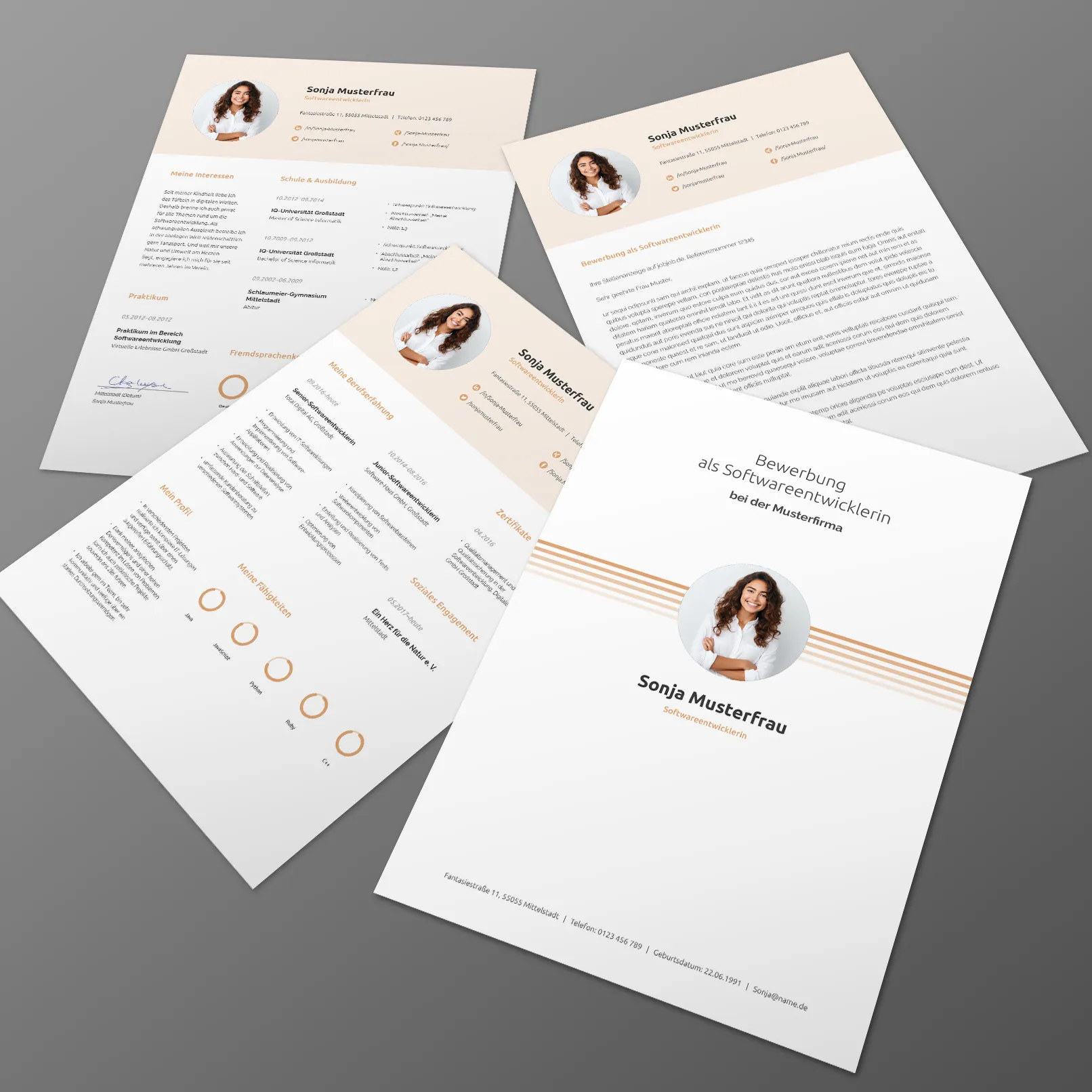
14. Make an impression with high-quality application templates
An appealing design is important in application documents, as it is the first opportunity you have to make a good impression and stand out from the crowd of other applicants. The design of your cover letter should be neat and professional, encouraging the reader to take a closer look at your resume. So make sure your design is eye-catching and attractive. Of course, it also needs to suit the industry you are applying to. In the creative industry, the design can be a bit more extravagant and colorful compared to, for example, an application in a law firm. Here you should choose rather muted colors and a straightforward layout. If you want to save time on the design and focus more on the content of your cover letter, then choose the appropriate one from our application templates and simply add your texts and data to the cover letter, motivational letter, and resume.
I hope these 14 tips on how to score with your cover letter were inspiring for you in one way or another, and you were able to take something for yourself and your application success.
After reviewing your application, there is always an interview, which is a crucial step in the hiring process. In the interview, the employer can assess your professional skills, personal qualities, and your suitability for the advertised position.
To master this step successfully, it is important to thoroughly prepare yourself. We offer you several helpful articles that will assist you in preparing for the interview and creating your application documents.
The first article we recommend is “Creating a job application photo: important tips”. A professional job application photo can leave a positive first impression and is often the first thing an employer sees from you. In this article, you will find valuable tips on how to create a high-quality photo that shows you in the best light.
Another important aspect of your application is the cover letter. Our article “Cover letter: Structure and tips” offers you a detailed guide on how to create a convincing and structured cover letter. A well-worded cover letter can make the difference and set you apart from other applicants.
In addition to the cover letter, the resume is also a crucial document. Our article “Resume Structure – Guide, Tips & Templates” guides you through the entire resume creation process. Here you will find helpful tips and templates to help you create a professional and appealing resume. A well-structured resume is the key to a successful application process.
When it comes to preparing for the job interview, two of our articles are particularly useful. The article “Questions in Job Interviews: Best Preparation for a Job Interview” gives you a comprehensive overview of the most common questions asked in interviews. With the tips from this article, you can prepare for the questions and respond confidently.
Another important article is “Strengths and Weaknesses in Job Interviews”. In almost every job interview, you will be asked about your strengths and weaknesses. This article helps you prepare your answers and present your strengths convincingly while honestly and reflectively discussing your weaknesses.
Preparing for a job interview can be stressful, but with the right resources and thorough preparation, you can significantly increase your chances of a successful hiring. Use our articles to prepare yourself best and confidently enter your next job interview. Prepare with us for your job interview, and your chances of a successful hire will greatly improve.
By reading our articles and following the tips and instructions contained therein, you can ensure that you are well prepared both in creating your application documents and in the interview itself. Best of luck in your job application process!
From Matthias Petri
